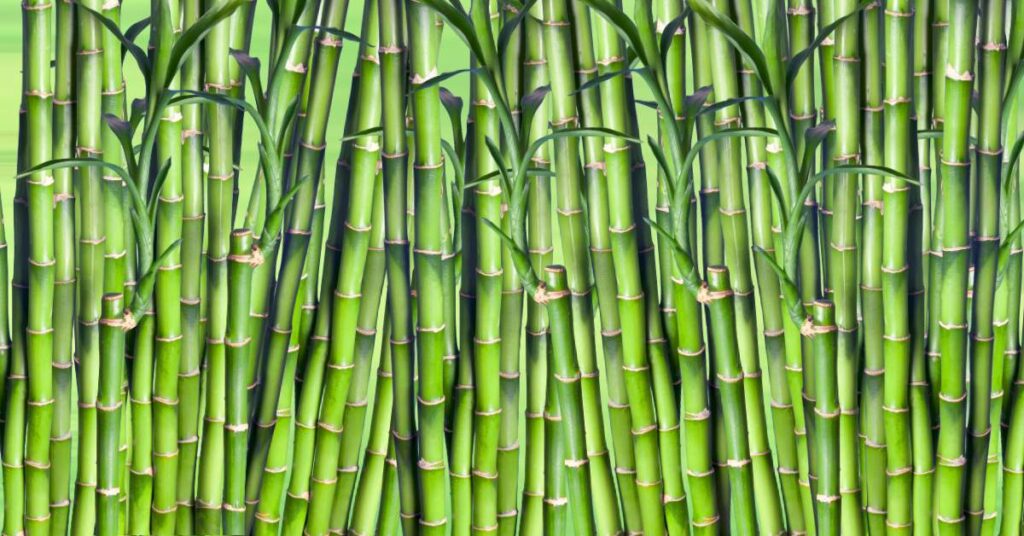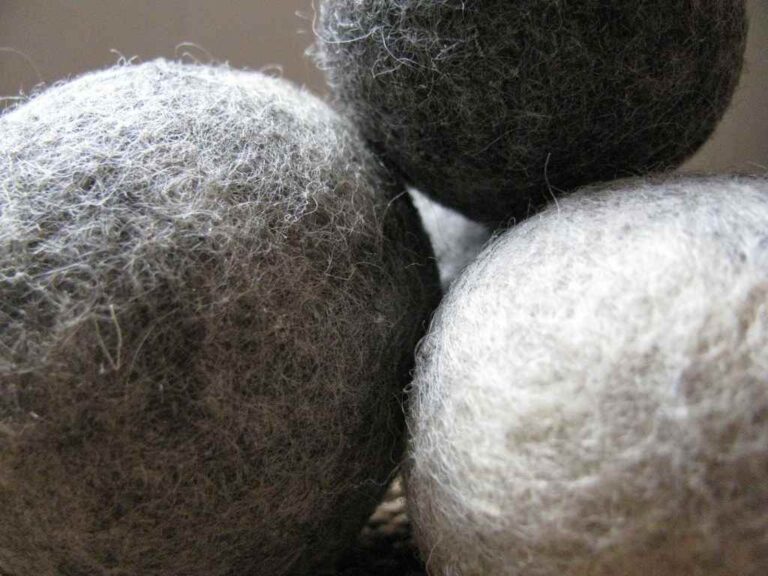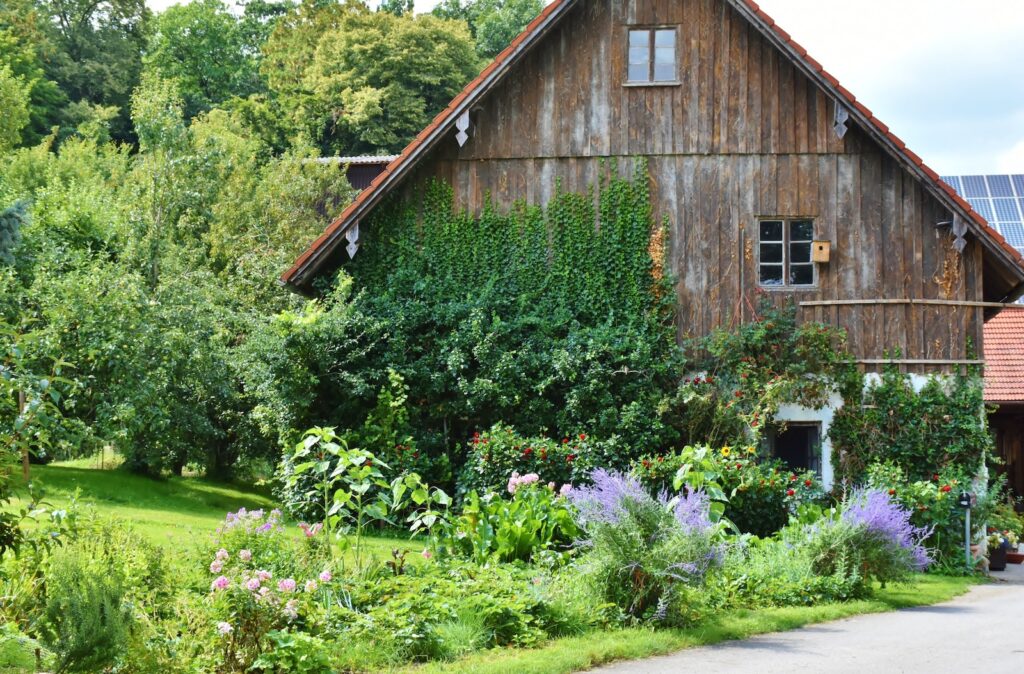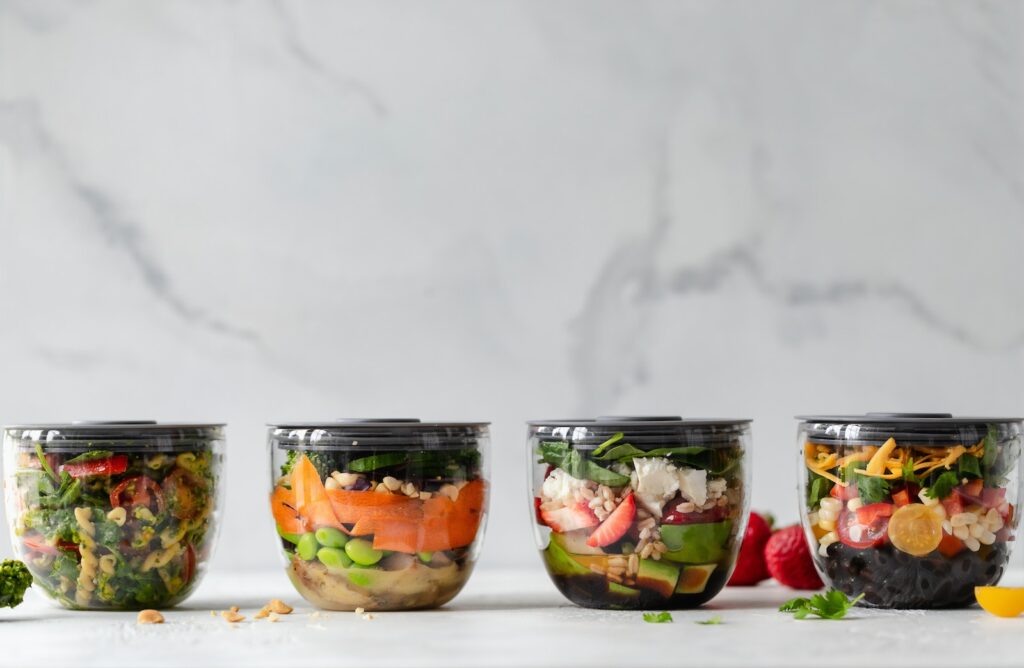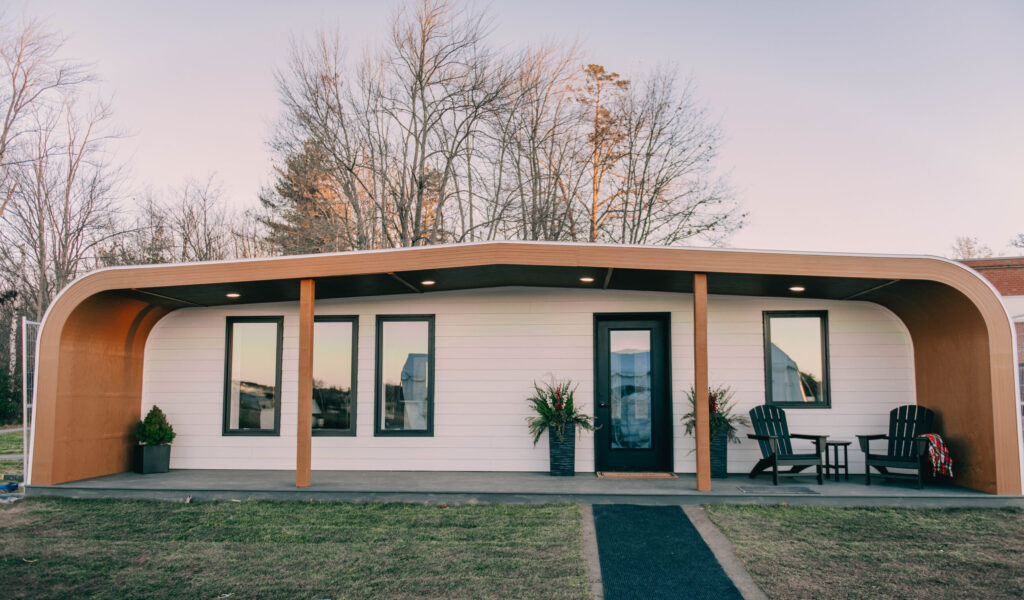If you’re like most people, you spend a lot of your time indoors. You might not see them, but your indoor space contains unwelcome particles like allergens, chemicals, and pollutants. These can affect everything from your comfort to your health. What can be done to improve the air you breathe? Here will dive into the world of air purifiers, focusing on activated carbon filters and bamboo charcoal air purifier bags. You’ll learn how activated carbon air filters function, why bamboo charcoal air purifying bags are eco-friendly, whether they are non-toxic, and their effectiveness in improving air quality. We’ll also compare bamboo charcoal to other carbon filters and provide practical tips for using natural air purifiers effectively, along with some important limitations and considerations. So do charcoal air purifiers work? Let’s get started.
This post may contain affiliate links. If you purchase through them, we may earn a small commission. Learn more about it here.
Understanding Air Purifiers
Because we spend so much time indoors, we want the air to be as clean as possible. Air purifiers can help keep the air we breathe free of invisible particles, like pollen and dust, that can affect human health. Among the most renowned are HEPA filters, celebrated for capturing a wide array of airborne particles. And then, there are charcoal filters, which come with an eco-friendly twist.
What is An Activated Carbon Air Filter?
Trying to understand activated charcoal (carbon) air filters can feel a bit like chemistry class so bear with us for a sec.
First, let’s define charcoal. Charcoal is a lightweight, black residue consisting mainly of carbon and ash remnants. It’s made by pyrolysis, which removes water from carbon-based plant materials, like bamboo, using high heat in an oxygen free environment.
The charcoal then goes through an activation process, typically with oxidizing gases such as steam or carbon dioxide, or through the application of chemical agents. and even higher heat than pyrolysis, to increase its surface area. This process creates a maze of tiny pores between the carbon atoms, making the charcoal incredibly porous and increasing its contaminant-capturing surface size.


So, pyrolysis is the first step in breaking down organic material to produce charcoal, while activation is a secondary process that enhances the adsorptive properties of the already produced charcoal. The end result is activated charcoal.
Because it consists mainly of carbon, an activated bamboo charcoal filter is often called an activated carbon filter. However, there are other types of carbon used in filters besides bamboo. Activated charcoal can be made with other organic materials high in the chemical element carbon, such as coconut shells or coal.
Carbon filters, at their core, use a process known as adsorption. Notice that’s ‘adsorption’ with a ‘d’ a little different from ‘absorption’ with a ‘b.’ As air passes through the activated filter, contaminants are trapped on the surface of the carbon substrate. Unlike absorption where materials are soaked up, adsorption causes pollutants to stick to the filter’s large surface area, almost like a magnet.
What is a Bamboo Charcoal Air Purifier Bag?
Bamboo charcoal air purifiers are made from harvested bamboo cut, dried, and kiln-fired at high temperatures. This gives it that same vast network of tiny pores, making it a natural filter. The bamboo is then placed into a breathable fabric bag. Hence, the term “bag filters.”
The bamboo charcoal-filled bags are then placed where needed to effectively adsorb odors, moisture, and various pollutants and particulate matter, making it a powerhouse for cleaner air at a molecular level. The porous nature of activated bamboo charcoal means it can lock in bad smells and even help control humidity, reducing the likelihood of allergens like mold and mildew.
Are Bamboo Charcoal Air Purifier Bags Eco-Friendly?
Yes! Unlike conventional air fresheners that often mask odors with fragrances or chemicals, bamboo charcoal air purifier bags do something better – they trap odor-causing particles with no plugs or batteries. In addition, bamboo is a sustainable superstar, growing back much faster than trees and requiring no harmful fertilizers to thrive.
Can Bamboo Charcoal Air Purifier Bags Be Recharged?
Yes, a monthly recharge of direct sunlight is all it takes to clear the absorbed contaminants and prepare them for another round of purifying action. Typically, the bags last for about two years before needing replacement.
Are Bamboo Charcoal Air Purifying Bags Non-Toxic?
In general, yes. Bamboo charcoal air purifier bags are an increasingly popular, non-toxic solution for improving home air quality. Made from natural, renewable bamboo, these bags are free from added chemicals, making them a safe choice for households, including those with children and pets. Unlike traditional air fresheners, bamboo charcoal bags are a natural air purifier that doesn’t emit scents or chemicals; instead, they work by adsorbing odors and pollutants from the air.
Additionally, they help reduce humidity levels, preventing the growth of mold and mildew. However, it’s a good idea to purchase these bags from reputable sources to ensure they are free from contaminants or toxic chemicals. While safe, they are not a substitute for medical-grade air purification solutions, especially in environments where air quality is crucial for health. Moreover, care should be taken to prevent a choking hazard if the bag is damaged, especially in homes with small children or pets.


Help me get started!
Do you want to live a less-toxic, more eco-friendly lifestyle but have no idea where to begin? Here’s our “Non-Toxic 101” guide to get you started today!


Do Charcoal Air Purifiers Work?
Bamboo charcoal air filters are known for their natural air-purifying qualities, and they do work. Here are some key points about their effectiveness:
- Absorption of Foul Odors and Moisture: Bamboo charcoal is highly porous, which allows it to absorb unpleasant odors, moisture, some VOCs, and various pollutants from the air effectively. (Source: National Institute of Health) According to a study on bamboo charcoal’s removal capability of harmful gases, the removal effect for ammonia was the highest on the bamboo charcoal carbonized at 932°F. (Source: Journal of Health Science) This makes it especially useful in a small room, such as a bathroom and laundry room, and other small spaces like cars or gym bags. For larger rooms, larger bags or multiple bags may be needed.
- Chemical-Free and Natural: Bamboo charcoal is a natural, chemical-free option, unlike many traditional air purifiers. This makes it safe for use around pets and children and is environmentally friendly.
- Limited Scope: While effective for small-scale use, bamboo charcoal filters are less powerful than electric air purifiers like these. They are best used with other air purifying methods, especially in large rooms or areas with significant indoor air pollution.
- Not Effective for All Pollutants: While good for odors and moisture, bamboo charcoal is less effective against allergens, viruses, or bacteria. While bamboo charcoal can trap some volatile organic compounds, it’s not as efficient or comprehensive as advanced air purifiers designed to remove VOCs. More advanced filtration systems may be necessary for complete air purification, especially in environments with specific health concerns.
Overall, bamboo charcoal air filters are a convenient and eco-friendly way to improve air quality on a small scale. Still, they are not a complete solution for all air purification needs.
Comparing Bamboo Charcoal to Other Carbon Air Filters
Traditional carbon filters, like those made from coconut shells, are highly effective, with a dense carbon structure that traps pollutants. These are often found in high-end air purification systems and can filter out a broad spectrum of particles.
Bamboo charcoal is a bit different in its makeup and boasts a remarkably high carbon density. Bamboo charcoal has an edge over other filters for its sustainability and ease of use.
While bamboo charcoal may not always match the sheer filtration power of some granular activated carbon filters filters, it offers a sustainable, low-maintenance, and natural alternative for those looking to improve indoor air quality without needing electrical power or complex machinery. They also may not be as effective as HEPA filters in trapping allergens like pollen and pet dander or eliminating all gaseous pollutants. Combining bamboo charcoal and a HEPA filter or other electric air purifier might be the best approach for those with severe allergies or respiratory conditions.
Our Favorite Non-Toxic Bamboo Charcoal Air Purifiers
The bamboo charcoal air purifiers by Vergali are non toxic and come in convenient packs of 10 with S hooks to hang them where needed.
Wrap up of Practical Tips for Using Bamboo Charcoal Air Purifiers
Integrating bamboo charcoal into your home is straightforward. Here are some practical tips to get the most out of these eco-friendly purifiers:
- Placement: Maximize effectiveness by placing bamboo charcoal bags in areas where odors and humidity are prevalent, like bathrooms, kitchens, and near pet areas.
- Sunlight Rejuvenation: Revitalize your bamboo charcoal by placing it in direct sunlight for a few hours each month. This process releases the trapped pollutants and reactivates the charcoal.
- Quantity Matters: Use an appropriate number of bags depending on the space size for optimal results. A small pouch may suffice for a wardrobe, but larger rooms need bigger or multiple bags.
- Lifespan: Bamboo charcoal bags can last up to two years. After their adsorbing life, the charcoal can be repurposed into your garden to help with moisture retention and nutrient absorption in the soil.
Following these tips ensures that your bamboo charcoal air purifiers work efficiently, creating a cleaner, fresher home environment.
Understanding air purifiers, especially the role of activated carbon filters and bamboo charcoal air purifier bags, can lead to a healthier and more environmentally friendly living space. These natural solutions offer effective odor absorption, moisture control, and pollutant removal, making them valuable additions to your home. While they may not replace advanced air purifiers in every scenario, their simplicity and sustainability make them a compelling choice for many. By integrating these eco-friendly purifiers into your living environment and following practical tips, you can enjoy cleaner, fresher air and contribute to a more sustainable future. However, it’s essential to recognize their limitations, especially for those with specific health concerns. Balancing their benefits and constraints will help you make informed decisions about improving your indoor air quality.
Related Posts:
10 Best Non-Toxic Wall Plug-Ins + Alternative Air Fresheners
Best Non-Toxic DIY Room Spray With Essential Oils
